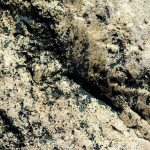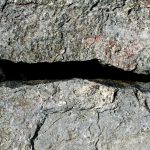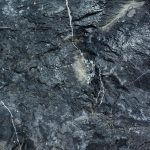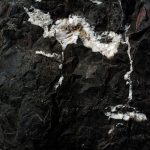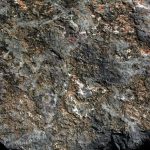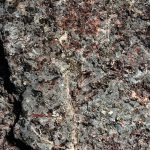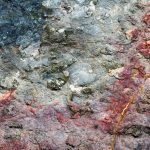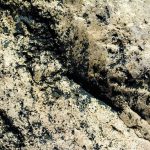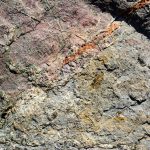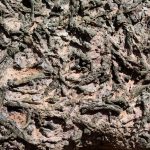With dreams of fortunes and fool’s gold, dynamic crystalline geometries both reflective and translucent, rocks provide a fascinating subject to study. Holding a piece of rock is akin to holding the earth’s history in your hands, and it can be imagined as a whole mountain range in miniature. I find it very difficult to describe rocks visually. They hold a fascination for me, and I regularly seek out examples of other artists’ work for inspiration.
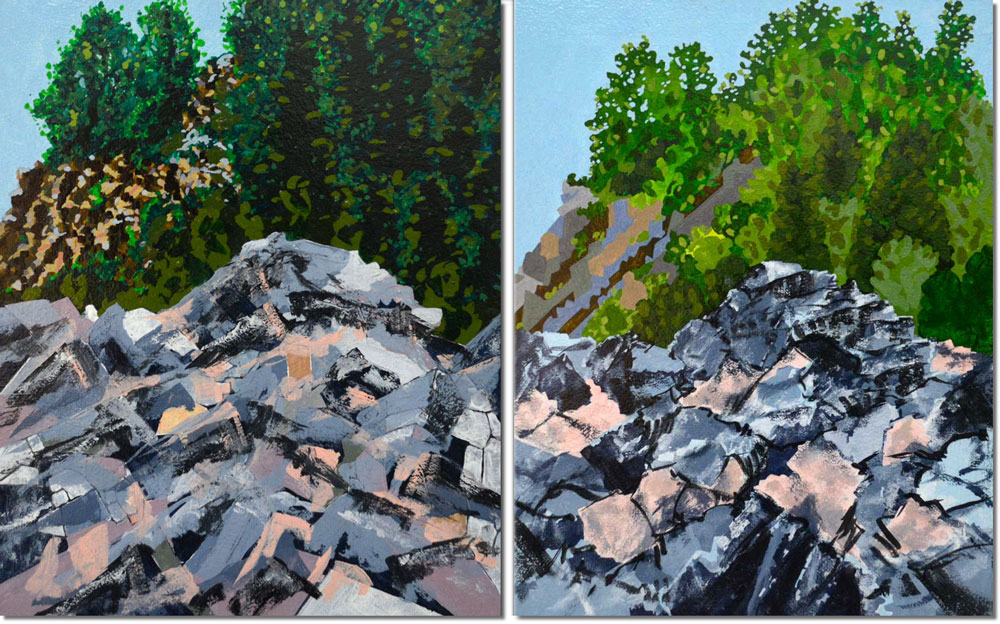
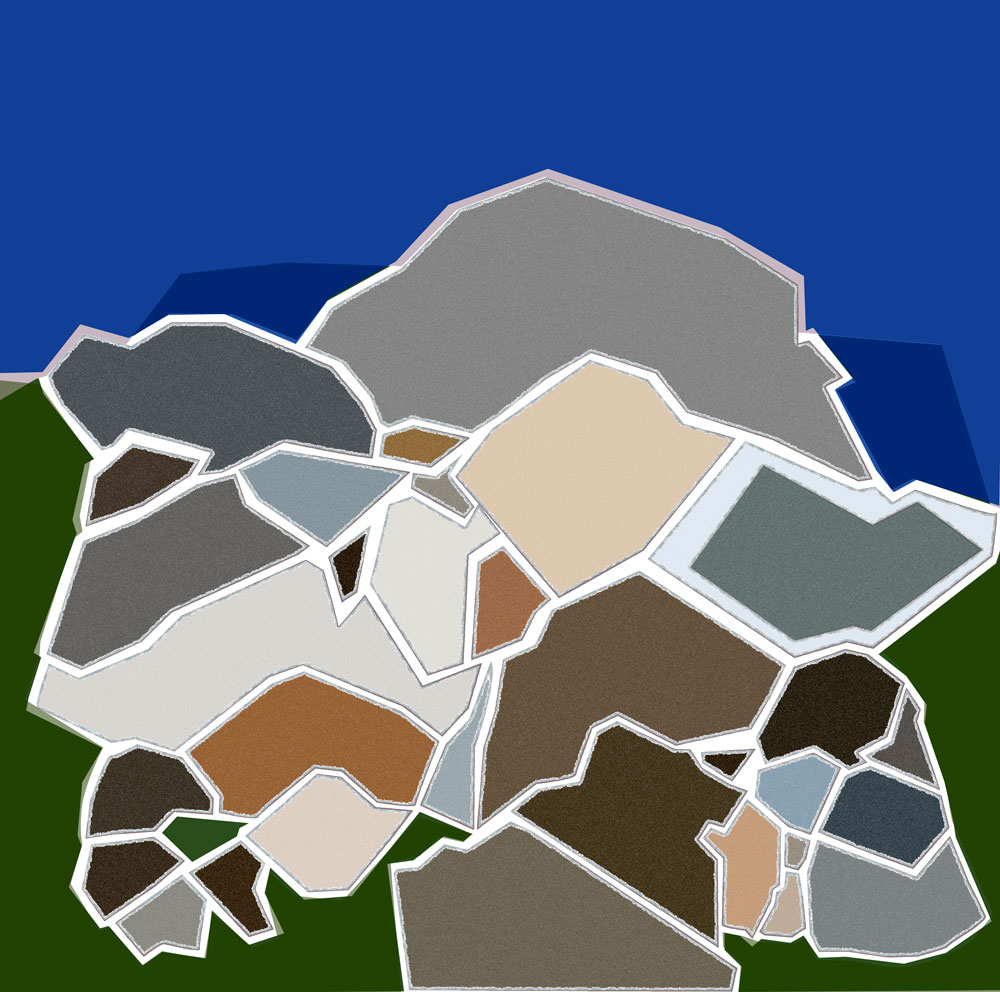
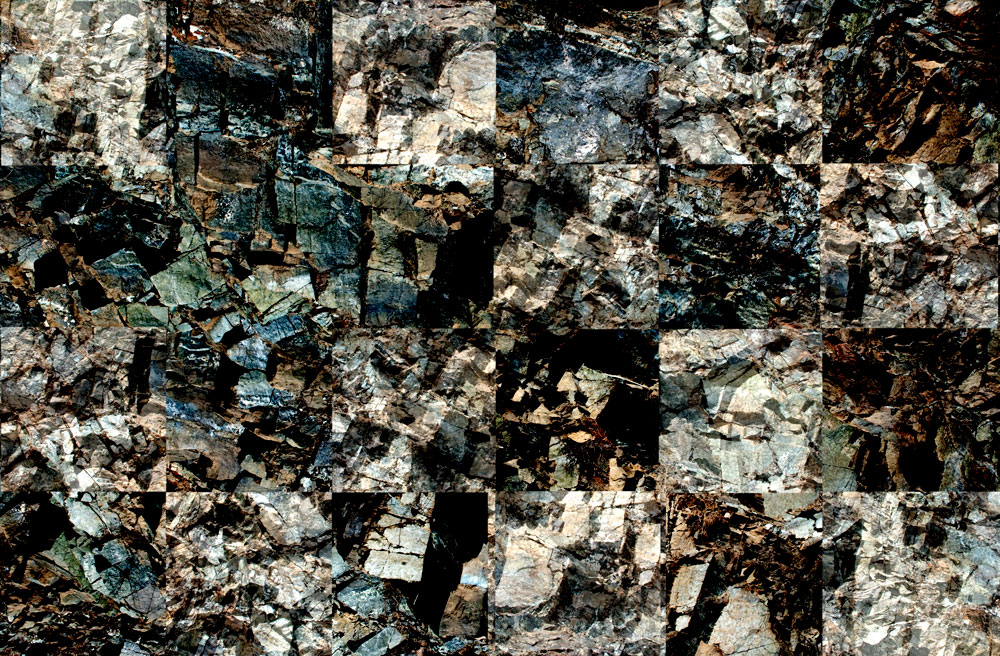
Nature Inspirations Studies
Nature Inspirations is a series on the wonderful variety of shape, colour, size and texture that the natural world offers the artist
Other studies in this series are (10) SEASONS, looking closely at the continual cycle of birth, growth, maturity and death; (17) TREES, focusing on the endless variety in our woodlands and forests, constantly changing in their appearance throughout the year; (31) LEAVES, looking at the shape, structure and texture of a variety of species in varying stages of growth and decay; (01) ROCKS, telling the story of the earth’s origins through their faceted shapes and multiple forms, from tiny gemstones to imposing granite rock faces; and (29) NATURAL FORMS, focusing on the boundary between flora and fauna, such as a fungus that resembles flesh, or a shell that takes on the appearance of a human ear.
